Tag: Larp Theory
-

Maps, Loops and Larp
in
This article outlines a framework for analyzing how players decide on their actions moment to moment, as well as on longer time scales throughout the larp.
-

High Resolution Larp Revisited
in
Revisiting Andie Nordgren’s 2008 article on High Resolution Larping.
-

Investigating Types of Bleed in Larp: Emotional, Procedural, and Memetic
in
Based on personal accounts, this article describes three categories of bleed states as experienced by larpers: emotional, procedural, and memetic.
-
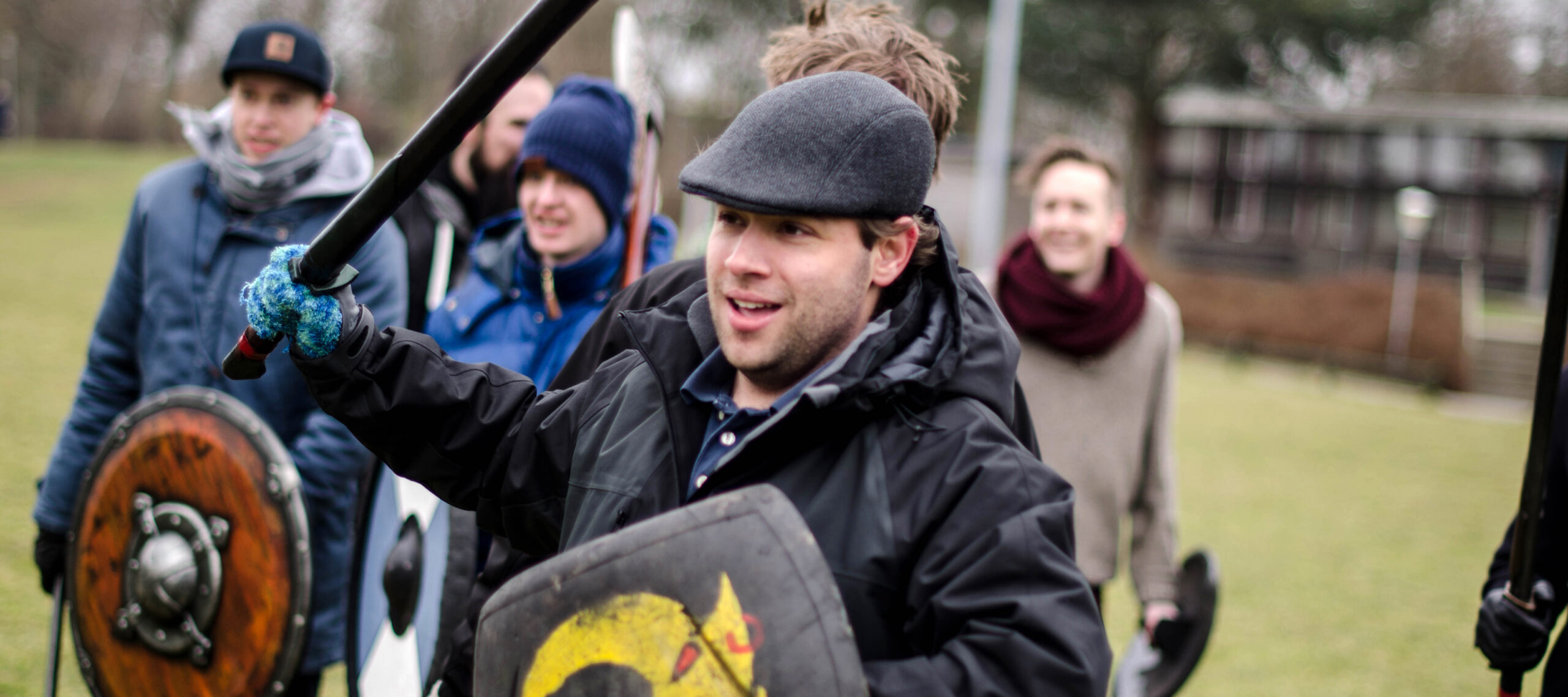
Let’s Fight – In Defense of Competitive Play, Part 1
in
Collaboration is in vogue. In Nordic circles and in blockbuster games, non-competitive play is ascendant. Matthew Webb argues for competetive play in larp.
-
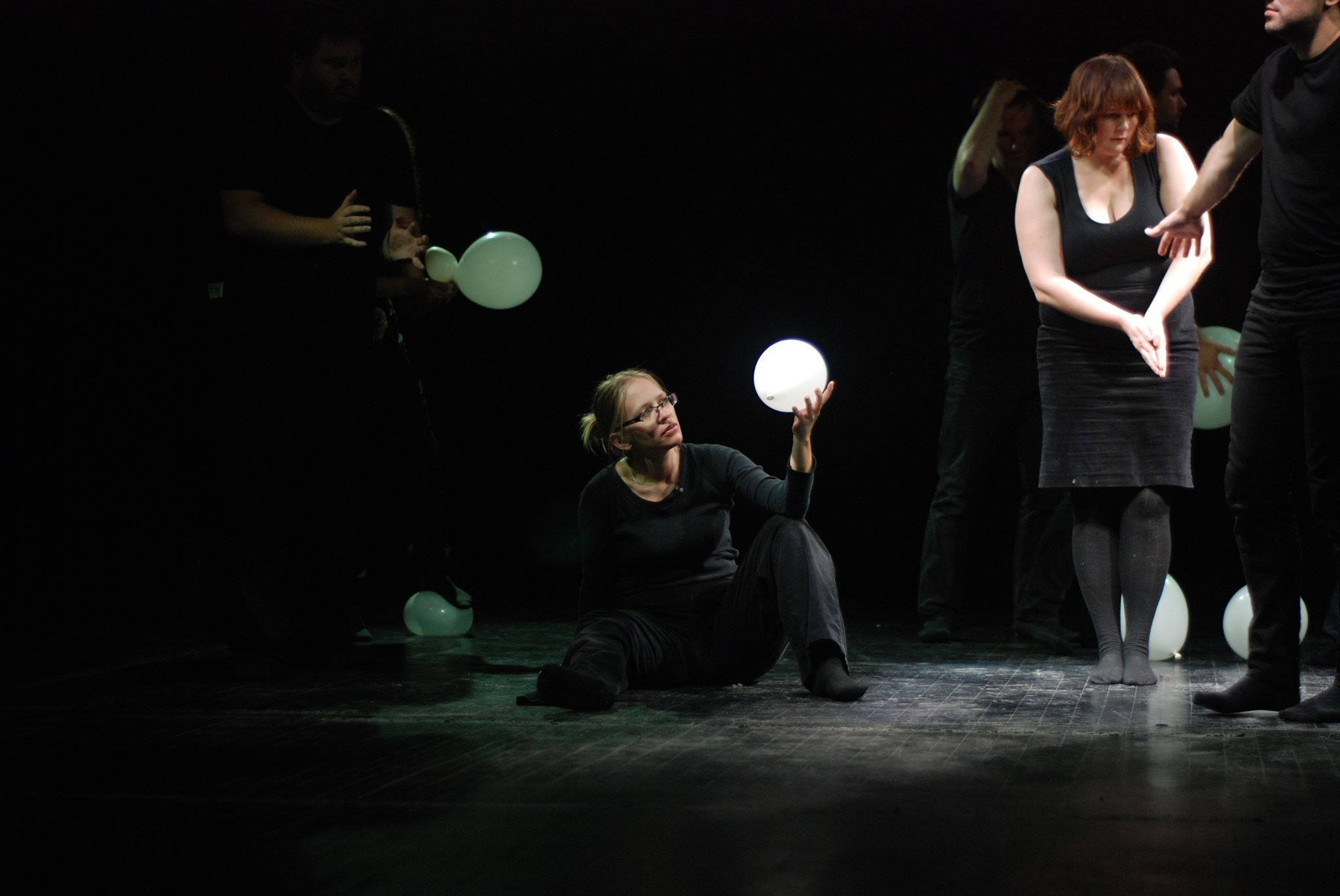
Literary and Performative Imaginaries – Where Characters Come From
in
Character sheets are an important part of a roleplaying game’s “text”, but how are they constructed, and how do they operate? Evan Torner investigates.
-
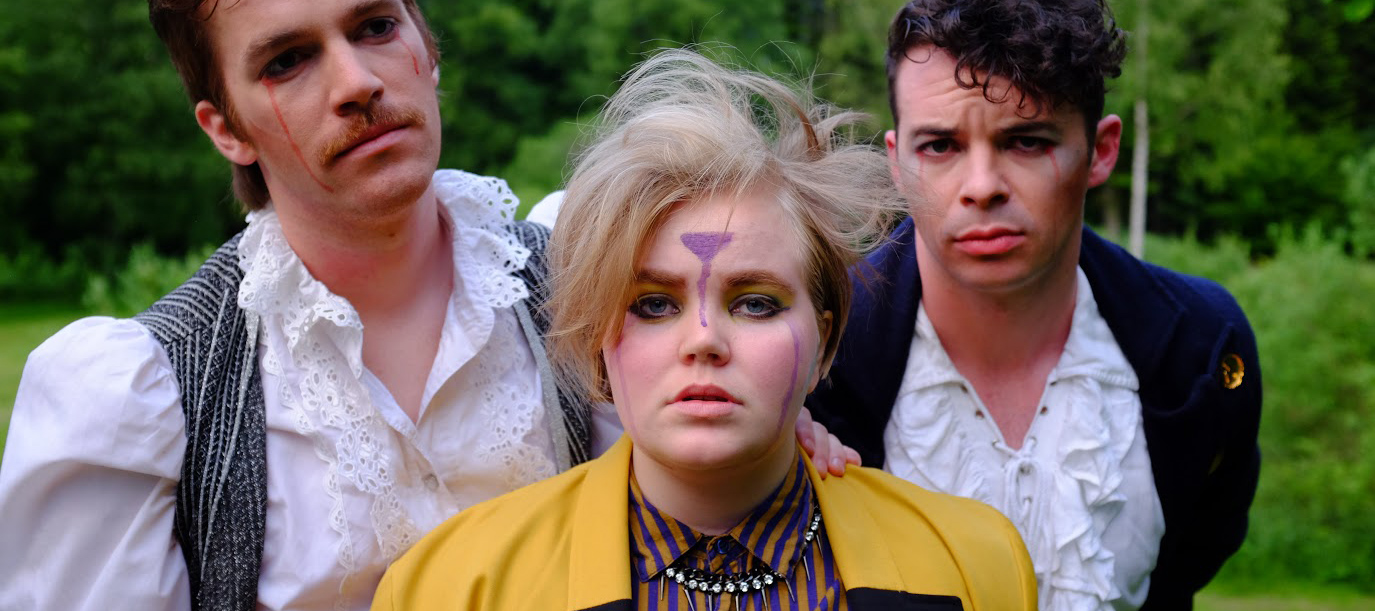
Love, Sex, Death, and Liminality: Ritual in Just a Little Lovin’
in
Just a Little Lovin’ is commonly touted as one of the best Nordic larps ever designed by those who have played it. Originally written in 2011 by Tor Kjetil Edland and Hanne Grasmo, the larp explores the lives of people in alternative sexual and spiritual subcultures during the span of 1982-1984 in New York who…
-

The Blockbuster Formula – Brute Force Design in The Monitor Celestra and College of Wizardry
in
2013 and 2014 may be remembered as the conception of the Nordic blockbuster larp. Two ambitious larps – The Monitor Celestra in Sweden and College of Wizardry in Poland – succeeded in attracting an unprecedented level of international attention from media and players. They did so, in part, by advertising their inspiration from established fictional…
-
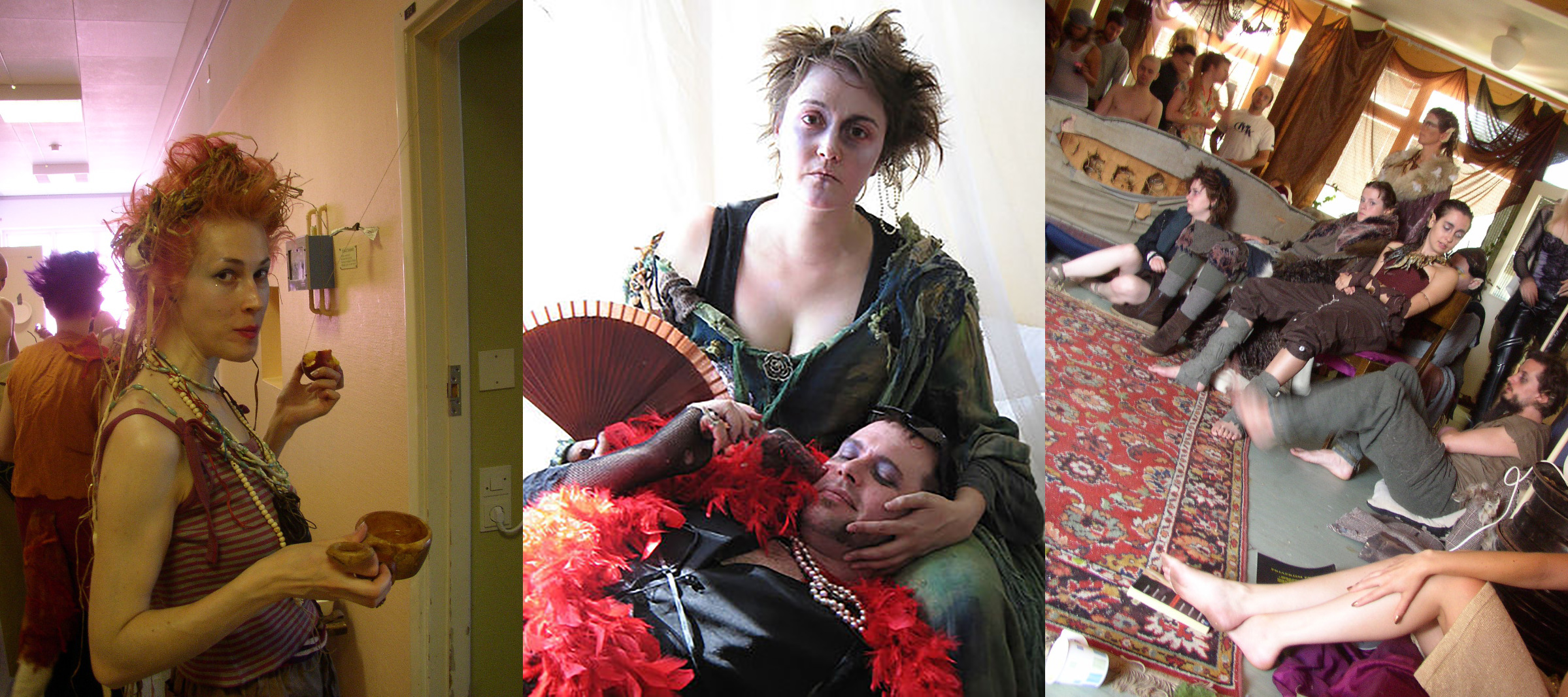
You’re in Charge of You
in
Let me tell you about how you can game master yourself in a larp. In a tabletop role-playing game it’s easy for the actual game master to work on pacing and theme and mood and so on, because she sees the whole group pretty much all the time, knows what’s happening where, and controls the
-
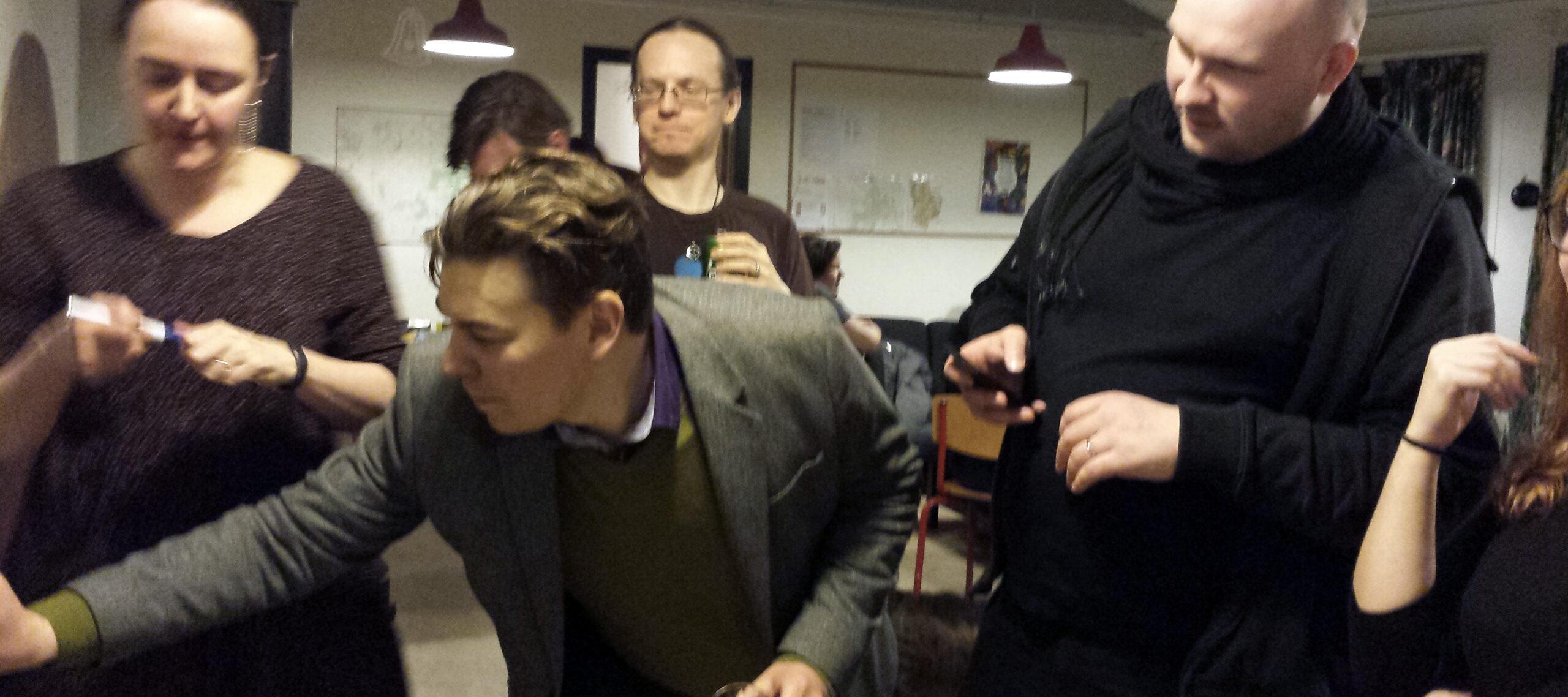
The Art of Steering – Bringing the Player and the Character Back Together
in
The rhetorics of Nordic larp often imply that role-players play in an intuitive fashion guided by the character, rarely or never contemplating their actions during the game. In reality, however, we are often keenly aware of what we are doing as our characters and why. This paper explores the practice of making in-character decisions based
-
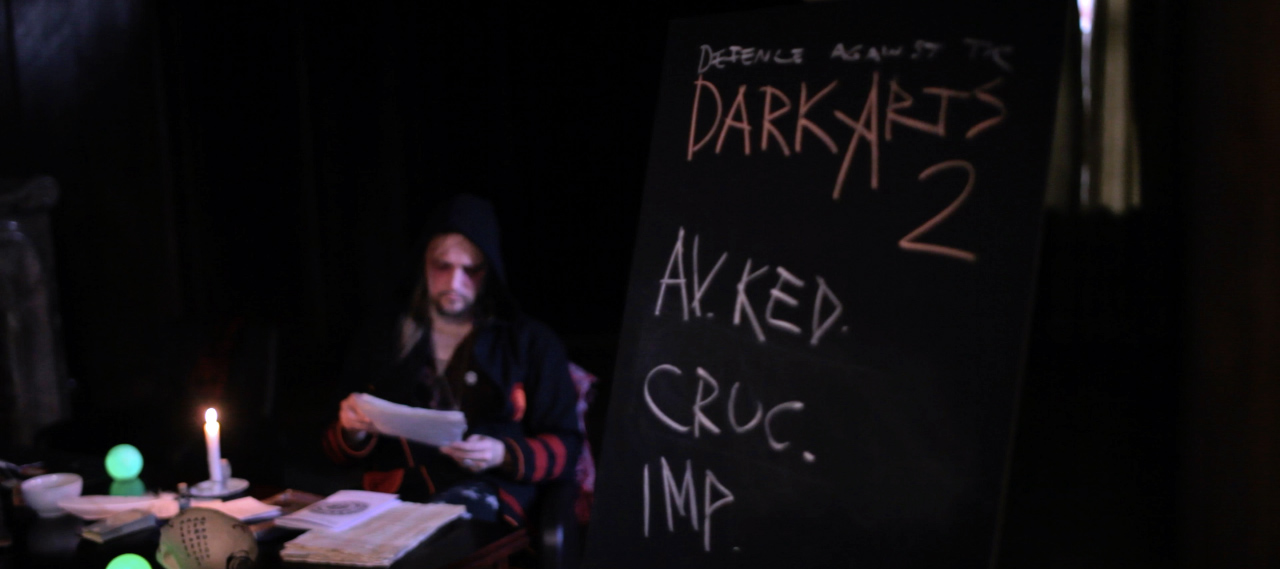
Steering for Immersion in Five Nordic Larps – A New Understanding of Eläytyminen
in
The concept of character immersion has been a cornerstone of Nordic larp discussion for fifteen years. I was surprised by how much the concept of steering introduced last year brought to my understanding of character immersion (“eläytyminen”). In this essay I look at five specific experiences with steering towards immersion, some successful, some not. More